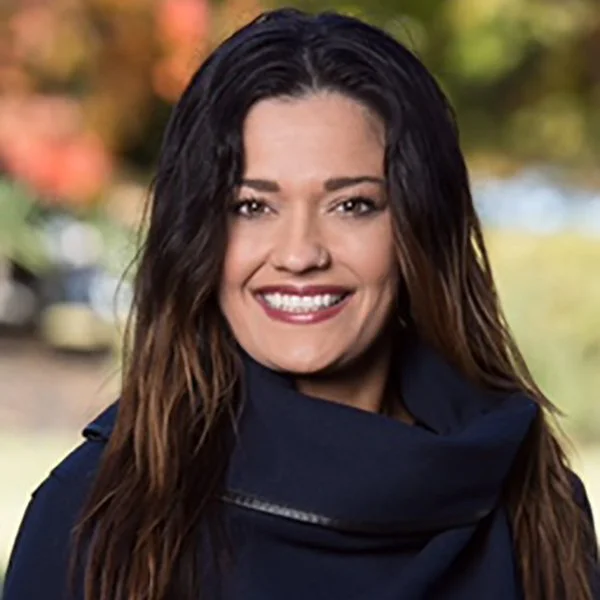Meet founder, Ruthie Hardee
Check out this short clip featuring Ruthie Hardee!
In her quest to prevent repetitive stress injuries from working with physically demanding clients, Ruthie discovered an innovative solution. One day, she intuitively stood on the massage table and used her feet to massage and compress muscle tissue while applying her body weight. This bold decision led to the development of Ashiatsu DeepFeet Bar Therapy, a groundbreaking massage technique in the West.
Although she has retired from running the company, Ruthie inspires and supports those seeking her guidance. We are forever grateful for her commitment to creating a technique that extends careers and delivers profound results even thirty years later!
“Ashiatsu impacts people’s lives. The modality’s purpose is to improve the lives of both the client and the therapist”.
Ruthie Hardee, DeepFeet Founder
Locate a Certified Deepfeet Therapist
We have trained thousands of therapists worldwide in Ashiatsu massage techniques. The graduates in our directory have completed a comprehensive course and a rigorous certification process, ensuring they are well-prepared to provide high-quality treatment to their clients.
Meet the Instructors..
Our committed team of instructors is enthusiastic about teaching Ashiatsu Barefoot Massage, encouraging you to enhance your career and work more efficiently.
Discover the DeepFeet Difference…
-
Our flexible programs are designed to meet your individual needs, whether you prefer hands-on learning through live workshops or the convenience of studying from home. Both training options allow students to learn at their own pace, ensuring they thoroughly understand each technique and how best to apply it.
-
Our certified DeepFeet instructors are highly experienced and fully dedicated to teaching Ashiatsu. They foster a supportive and positive learning environment that promotes growth and confidence in your practice. As a participant, you won't just be a student; you'll become part of a community committed to excellence.
-
Ashiatsu training at DeepFeet helps extend your career by reducing the risk of repetitive stress injuries. Our regularly updated courses incorporate the latest safe practices, ensuring you stay competitive in an ever-evolving field.
-
Becoming a DeepFeet Certified Ashiatsu practitioner means joining a community of over 50,000 graduates worldwide! Our instructors and fellow practitioners provide guidance and support as you develop into a skilled Ashiatsu therapist capable of delivering outstanding results.
-
All students will have access to a private Facebook group for graduates and login credentials for our Graduate Resource Center, which is filled with videos and valuable content. This will help you stay connected with the community and keep up to date on everything Ashiatsu-related, including places for rent, job postings, used equipment for sale, and much more. Our community is thriving!
FAQs
-
Licensed Massage Therapists
Massage students with 75% completion of schooling.
Licensed Chiropractors, Physical Therapists & Acupuncturists
-
Students required to complete an online quiz and perform a minimum of 20 documented practice sessions. This process will ensure safety for both therapists and clients. In addition, clients are asked to complete an evaluation form to provide constructive feedback, which will help sharpen and fine-tune their newly developed barefoot skills.
-
While there aren’t specific weight/height restrictions for our curricula, we do not recommend performing advanced/two-footed techniques on clients who are 50 or more pounds lighter than the therapist. Students will need enough flexibility to stand up on a 24-inch stool and sit comfortably with their knees to chest for a minimum of thirty minutes.
In addition, we ask that you are healthy and free of any contraindications that would prevent you from receiving Ashiatsu in class.
Conditions include:
Pregnancy or trying to conceive
Uncontrolled high blood pressure
Recent injuries or surgeries
Contagious skin diseases
Acute liver or kidney disorders
Certain medications
Acute autoimmune disorders
Recent surgical implants
Advanced Diabetes
-
Ashiatsu bars can be installed in almost any room configuration. Our course provides in-depth coverage of this topic, including a detailed bar installation manual and videos with specific examples and schematics for students to reference.
When permanent bars cannot be installed, you can purchase one of our portable bar systems. These systems are designed for travel and can be assembled and disassembled at your convenience.
-
To reserve a spot in our workshops, a non-refundable deposit is required. We reserve the right to cancel a class up to two weeks before the event if fewer than four students are registered. While this situation is unlikely, we offer our students three options in the event of a cancellation:
1. Instructors may provide private training for an additional fee of up to $200 per student.
2. Students can choose to receive a full refund.
3. Students may roll their deposit over to a future class at no additional cost.
If you decide to opt out of the workshop you registered for and the scheduled workshop takes place, your deposit will be non-refundable. However, a tuition rollover to a future workshop is allowed in cases of a healthcare emergency, pregnancy, or injury, provided you have a doctor’s note. A minimum of one week's notice is required, and there is a $75 rollover fee. Additionally, if traveling to a workshop, we recommend selecting an airline that does not charge change fees whenever possible when booking your airfare.
-
You will be asked to sign the following disclaimers on Day 1 of Class.
To view please click here:
Contact us.
Interested in more information? Fill out some info, and I’ll be in touch shortly. We can’t wait to hear from you! Also, check out our FAQ section for more helpful answers.









